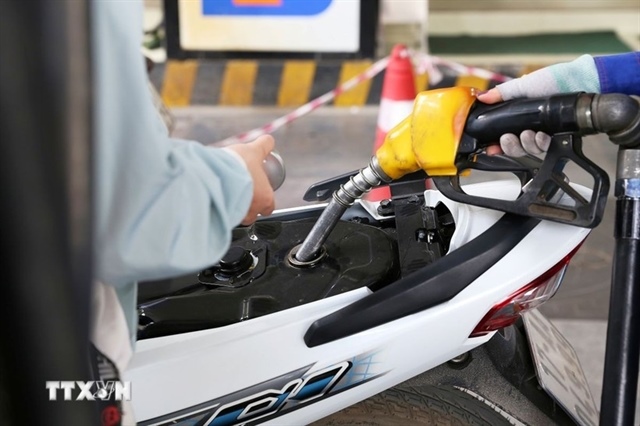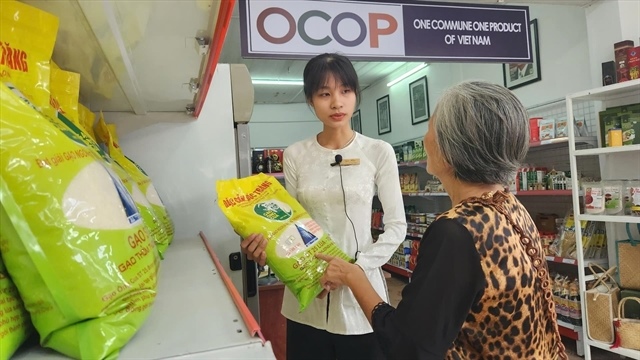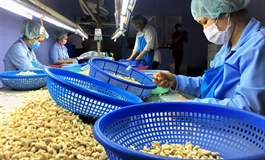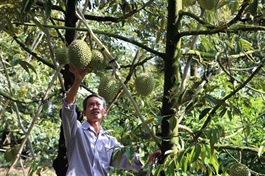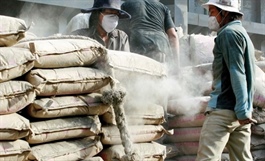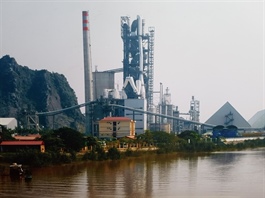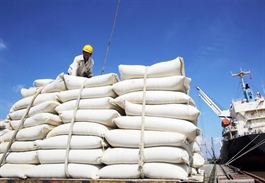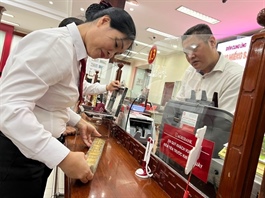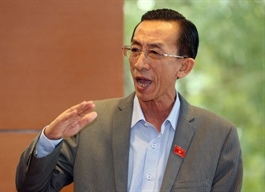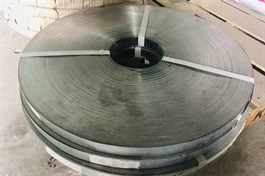Enterprises seek cost-cutting solutions amid electricity hikes
Enterprises seek cost-cutting solutions amid electricity hikes
The latest electricity price hike has triggered a ripple effect on production costs, forcing businesses to adjust their pricing strategies to maintain operational stability and protect profit margins.
Vietnam Electricity (EVN) implemented a 4.8 per cent increase in the average retail electricity price from May 10, raising the tariff to over 8.8 US cents per kWh. This marks the fourth electricity price hike since 2023.
The escalation in power costs is impacting all energy-intensive sectors, particularly steel, cement, and consumer goods manufacturing. The cement industry, known for its high electricity consumption, is experiencing mounting pressure on production costs, product pricing, and overall business efficiency.
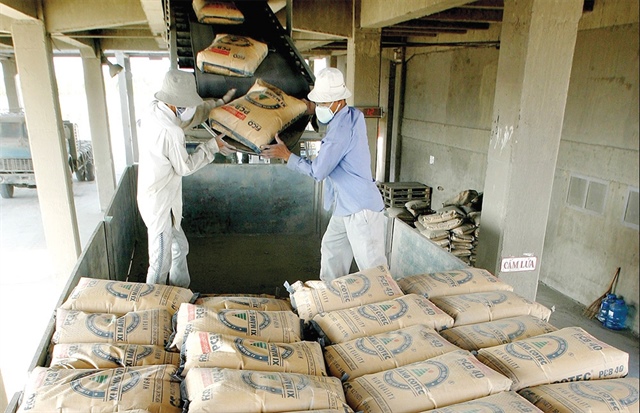
Cement groups are deploying waste heat recovery systems to meet part of their electricity demands, photo Le Toan |
Since early 2025, cement prices have been adjusted upwards three times, with each increase amounting to an additional $2 per tonne. Industry insiders said further adjustments are likely as firms seek to offset soaring input costs.
Ha Quang Hien, office chief at Vietnam Cement Industry Corporation (Vicem), noted that electricity price increases had been anticipated in the company’s 2025 business plan. “It’s certain that production units within Vicem will implement some level of price adjustment. While it’s too early to specify the extent, we aim to strike a balance that ensures both competitiveness and cost recovery,” he told VIR.
Hien also highlighted the dual challenges facing the cement industry: oversupply and sluggish demand. “Domestic consumption remains flat, and exports continue to decline in both volume and value. These unfavourable market conditions have severely undermined business efficiency,” he added.
Amid rising input costs, including electricity, enterprises are streamlining operations and reviewing every stage of their production processes to enhance cost efficiency. Measures include reducing consumption, increasing the use of natural lighting, and investing in renewable energy solutions.
Vissai Cement Group, for example, has fully deployed waste heat recovery power systems across all its plants. These systems now meet around 30 per cent of the group’s total electricity demand, helping to mitigate the impact of rising power prices.
However, the industry is also grappling with serious consumption challenges. Bulk cement continues to be sold at a loss, with producers forced to maintain sales simply to preserve cash flow and absorb depreciation and financial expenses. Exports remain in a prolonged slump, with a marginal 1 per cent on-year decline recorded in the first four months of 2025.
A representative of a cement enterprise based in the northern province of Ha Nam revealed that fierce competition in the domestic market has pushed selling prices for bulk cement into negative territory, ranging from 40-160 US cents per tonne below cost. “We have no choice but to accept losses to ensure cash flow, maintain production volume, and meet financial obligations,” he said.
In other major export sectors such as textiles and footwear, each generating tens of billions of US dollars annually, the 4.8 per cent hike in power tariffs poses a significant challenge. Many companies are being forced to restructure production towards maximum cost savings.
With export orders under threat from rising tariffs, subdued consumer demand in key markets, and stagnant prices, electricity cost hikes are eroding profit margins and undermining competitiveness.
Nguyen Tien Thoa, former head of the Price Management Department at the Ministry of Finance, warned that the impact of electricity price increases is both direct and indirect.
“Higher power tariffs are likely to trigger price increases in a range of consumer goods and services, potentially adding up to 0.34 percentage points to the consumer price index. This warrants strict monitoring and coordinated policy responses,” he explained.
Thoa also stressed the need for a transparent roadmap for electricity pricing, alongside deeper reforms in Vietnam’s competitive electricity market and tighter financial oversight of state utility EVN. “Without these structural reforms, households and businesses will continue to bear the brunt of price hikes without any clear accountability from the supplier side,” he said.
According to EVN, the latest price increase reflects the rising cost structure of electricity generation. In 2025, hydropower, typically the lowest-cost source, will contribute just 25 per cent of total electricity supply. The remaining 75 per cent must be met by more expensive sources, including coal, gas, oil, and renewables.
To ensure system reliability, Vietnam has had to mobilise high-cost sources such as oil-fired thermal power, liquefied natural gas, and imported coal-fired generation. At the same time, exchange rate volatility, particularly a stronger US dollar, has significantly increased the cost of electricity generation, which accounts for around 83 per cent of the total power production cost.
- 14:33 23/05/2025




